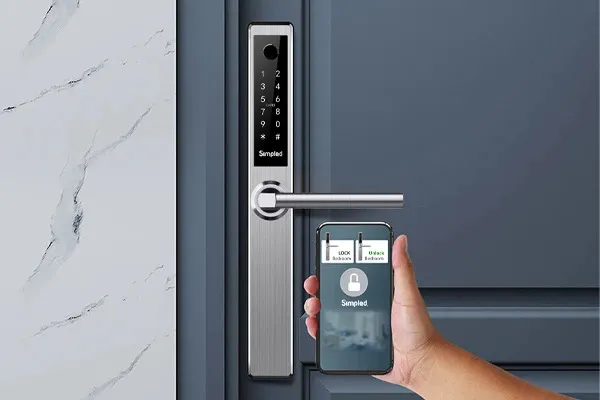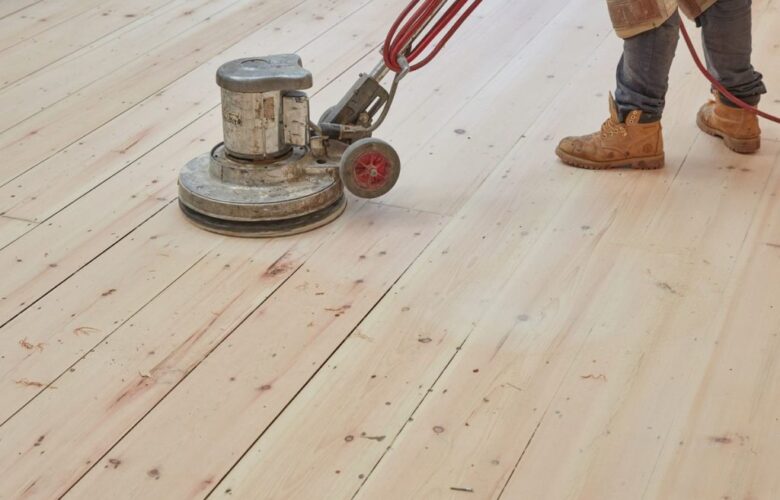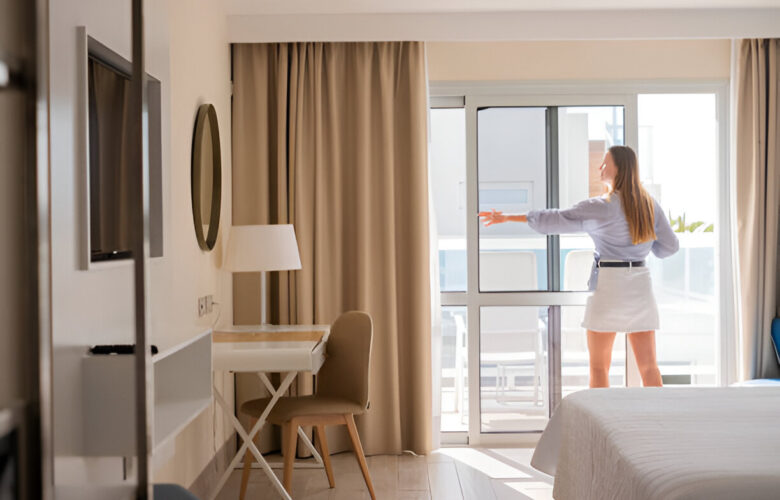Ah, the humble lock. Silent guardian. Watchful protector. And also… kind of confusing when it comes to all the different types. If you’ve ever found yourself standing in a hardware aisle or Googling furiously while installing a new door, you may have asked: Deadbolts vs deadlocks — are they the same thing or secret rivals in the world of home security?
Let’s unlock the mystery.
First, Meet the Deadbolt
Deadbolts are basically the bouncers of the door world. Big, beefy, and not messing around. A deadbolt uses a solid metal bar (the bolt) that extends deep into the door frame when locked. It’s operated by a key or thumb turn and doesn’t rely on spring mechanisms, making it tougher for would-be intruders to shimmy their way inside.
Deadbolts typically come in three types: single-cylinder (key on the outside, thumb turn inside), double-cylinder (key required on both sides), and lockable thumbturns (a combo of the two).
Enter: The Deadlock
Now, here’s where things get murky. “Deadlock” is often used interchangeably with “deadbolt,” but it’s technically a broader category. A deadlock is any lock that operates without a spring — so yes, a deadbolt is a deadlock, but not every deadlock is a deadbolt.
Deadlocks may be used on doors where high security isn’t the sole goal — like internal office doors, rental property doors, or even specialty access points. Some offer key-only operation on both sides, making them a favorite in commercial settings.
And if you’re still wondering what’s the difference between a deadbolt and a deadlock, you’re not alone. The subtle but important distinctions can influence everything from safety to insurance requirements.
According to Commercial Locks And Doors…
Choosing between a deadbolt and a deadlock comes down to use-case and context. Deadbolts offer formidable protection for external doors, while deadlocks can provide effective internal security or additional reinforcement in tandem with other locks.
So… Which Should You Choose?
If you’re securing your front door, go with a deadbolt. It’s harder to bypass and designed for exterior-grade threats. But if you’re looking to secure an office, storage room, or a rarely accessed area — a deadlock might be just what you need.
For maximum protection, some savvy property owners use both: a deadbolt for strength, and a deadlock as a secondary layer or for specialized access.
Lock It Down (But Smartly)
In the end, it’s not just about picking the “toughest” lock — it’s about choosing the right lock for the right job. Understanding the deadbolts vs deadlocks debate isn’t just security trivia; it’s smart property management.
Because when it comes to doors, guessing wrong could mean the difference between “safe and sound” and “I should’ve Googled this.”





